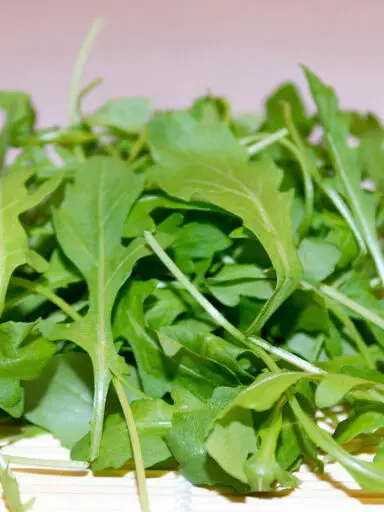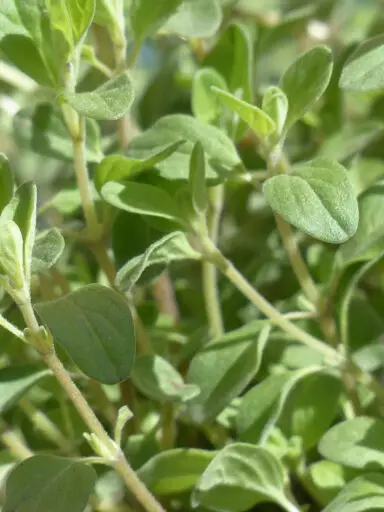A walnut is the nut of the Juglans species plants. It usually refers to the English or Persian walnut, Black walnut, and white or butternut walnut varieties. The walnut is not really a nut as it is perceived to be. It is the seed of a drupe.
The most common varieties from those mentioned above are the English (Persian) and the Black walnuts. They are believed to have originated in Southern Europe or Central Asia. They have a thick green cover or outer layer with a hard shell that is light brown in color. It is the size of a small chicken egg and spherical in shape. Inside the shell is the seed, kernel, or walnut itself.
The kernel is bi-lobed, that are corrugated in shape, uneven in shape and size, and cream in color. They are available year-round in markets. They may be sold shelled or unshelled, processed, or unprocessed. They also come sweetened and salted.
Fresh nuts should be even in color and should not harbor any mold or rotten smell. If fresh they keep for several months if unshelled otherwise they should be refrigerated in an airtight container.
Culinary Uses of the Walnut
Like many nuts all walnuts can be eaten on their own raw, toasted, sweetened, or pickled. They can also be used as an ingredient in another dish such as in a salad, muesli, ma’amoul, or cooked dishes such as a pie, cake, chocolate, ice cream, brownie, and many other dessert dishes. It is also used in hot beverages such as coffee.
The nut is also used to extract oil normally used for making salad dressing but rarely used in cooking seeing it has a low smoke point. The nut is also used as a topping for yogurt and pizza. It can also be used to make walnut butter. It is a major ingredient in Iranian cuisine as well.
Nutritional Benefits
Walnut allergies are not uncommon so it is advisable to avoid them in foods when you know someone has these allergies.
Walnuts are rich in protein, fat (mostly polyunsaturated fats), carbohydrates, and dietary fiber. They provide 654 calories per 100 grams. They are a good source of the B complex vitamins such as vitamin B1 (thiamin), vitamin B2 (Riboflavin), and vitamin B3 (niacin). Also present are vitamin B5 Pantothenic acid, vitamin B6, and vitamin B9 (folates).
They are also a good source of minerals such as copper, manganese, magnesium, and iron. They are also rich in phosphorous, zinc, and calcium.




